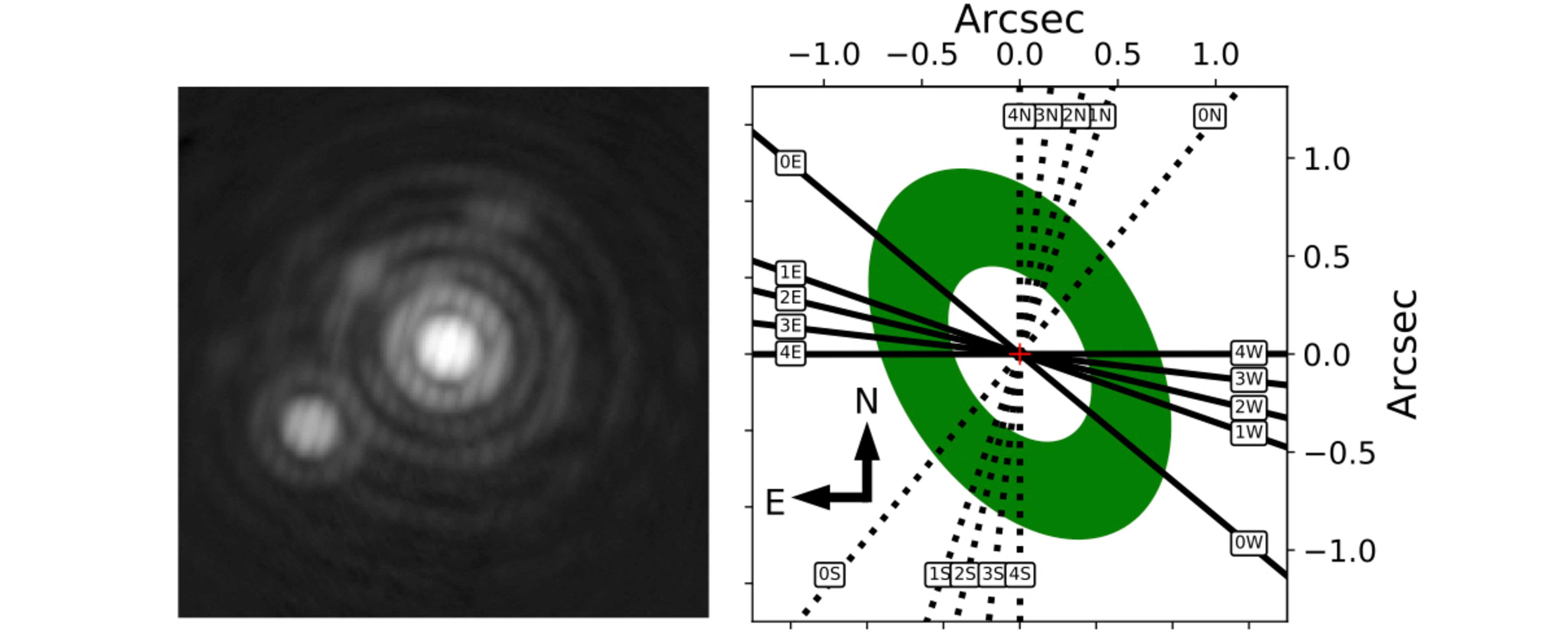I am a postdoc at the ETH Zürich, where I am part of the LIFE and METIS projects (details to come later).
Previously, from 2023 to 2025 I was at the University of Sydney, where I worked on the GLINT nulling interferometer instrument on the Subaru Telescope. GLINT uses integrated photonics technology to miniaturize what used to only be done with bulk optics, and our Australia-based GLINT gang is pushing the technology to ever greater science capabilities.
From 2020 to 2023 I was a postdoc in Jeff Chilcote’s research lab at the University of Notre Dame, where I was in charge of testing and upgrading components of the Gemini Planet Imager instrument in preparation for installing it on the Gemini-North telescope in Hawaii. The motivation of this upgrade is to survey for massive planets with low initial starting entropies (i.e., cool planets), and thereby provide additional constraints on the physics of planet formation.
Prior to that, I was a grad student in the Large Binocular Telescope Interferometer group at the University of Arizona’s Steward Observatory. My thesis work focused on the technical commissioning one mode of the interferometer—the vaunted Fizeau mode—and reducing a Fizeau dataset to probe for low-mass companions around a nearby star with the unique PSF (Spalding et al. 2022 AJ).
 Above, left: The Fizeau PSF of a nearby star, plus a fake planet that has been
injected by my pipeline. Right: 22.7-m baselines (solid lines) and 8.4-m
baselines (dotted lines) which this observation swept out around the habitable
zone (green) of said star.
Above, left: The Fizeau PSF of a nearby star, plus a fake planet that has been
injected by my pipeline. Right: 22.7-m baselines (solid lines) and 8.4-m
baselines (dotted lines) which this observation swept out around the habitable
zone (green) of said star.
I also characterized another unique observing mode at the LBT to do differential photometry by pointing the twin sub-telescopes apart in a “wall-eyed” pointing configuration (Spalding et al. 2018 PASP). In the meantime I observed for various other projects including the LEECH exoplanet direct imaging survey (Stone et al. 2018, AJ), and the HOSTS survey of exozodiacal dust disks (Ertel et al. 2020, AJ) to constrain the exozodiacal luminosity function so as to inform future space-based exoplanet direct imaging missions.
The drawing of my face on the sidebar is courtesy of the irrepressible Amali Vaz. For a more staid portrait, click here.